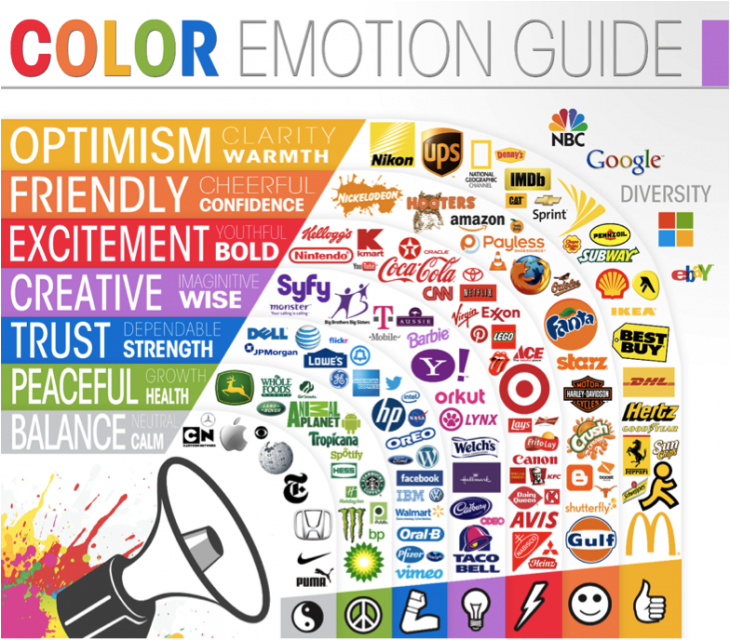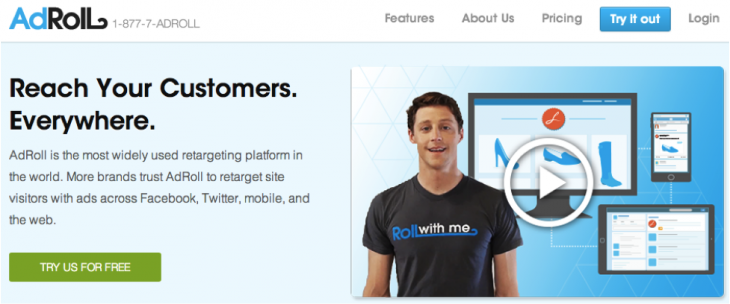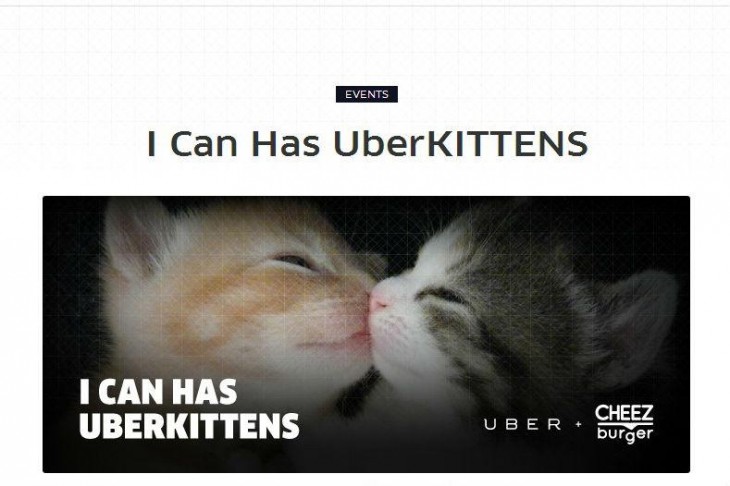
Brian Honigman is a marketing consultant, speaker and a freelance writer. This post originally appeared on the SumAll blog.
Content is the fuel of all marketing initiatives today, but without having a story to tell there’s no content for your business to create and distribute. Storytelling is a powerful way to get the message across about what your company does and on a deeper level, what it stands for.
The story your company is telling by educating and entertaining its audience will be the focus of your content, which can help increase the visibility of your business, generate trust, drive traffic to your organization and more.
From e-mail marketing to social media, content supports all your messaging with your customer base and therefore, should be your number one priority when first starting to market your business. Telling your story instead of selling your story is always the best approach to leading a successful marketing campaign.
To avoid common problems with content marketing and craft a compelling story for your startup that drives results from the beginning, follow these four steps.
Establish your brand from the start
From the start of your business it’s important to define your brand clearly and come to a consensus amongst your entire staff. Your story must obviously relate back to the products or services your company offers, acting a unique differentiator for your audience to better understand why your business is worthwhile as compared to your industry competitors.
A brand is reinforced through repetition of consistent messaging, the ongoing value of your offerings and a clear understanding of your audience’s interests and preferences.
To best start clarifying your story, answer the following questions and then discuss how each of these elements best interact with one another to paint a complete picture of your brand.
- What does your business do?
- Why did you start your company?
- Why do people visit your company’s website?
- Who are your customers? Who do you want your customers to be?
- What colors should customers associate with your business? What do they say about your company?
- What emotions should customers feel when thinking of your business?
- Why should people choose your company over your competitors?
- What other companies do you admire?
- If your brand were a person, how would you describe him or her?
- How do you want people to feel when they visit your website?
- Can you describe your company in 3-5 words?
- What value does your organization hope to bring to your customers?
- How will you company approach customer service to delight and resolve issues for customers?
These are just a few of many questions that should be asked to best define your brand, which will greatly inform the story that will continually be told about your business.
For a more specific example of how answering these questions will impact your company’s story, let’s look at the color choices on the logos of other businesses you can see in this helpful infographic on the Huffington Post.
Simply by choosing one color over another your business could be sending a completely different message than the rest of your story is spelling out to them. Make sure to discuss these questions and answers honestly, while not forgetting how each aspect of your brand and story will impact one another.
Even if you’re an established company, there’s always time to change the trajectory of your business by clearly defining how you wish your organization to be portrayed to your audience.
It’s all about coming up with a consistent brand that your entire organization will stand by and then executing your messaging around those guidelines.
Ensure consistency with buy-in from your team
As mentioned in the beginning, the key to a consistent story about your business is that your entire team buys-in on what you’ve defined as your brand.
From the beginning, it’s important for the entire team to be involved in the process of creating your brand as well as providing their input on major changes that affect the whole company in the future. This buy-in is important since a company’s employees are one of the key channels for distributing the story of your business on an ongoing basis.
Your organization’s staff must project a consistent story to the other individuals they come in contact with, as well as truly believe in that story themselves or it won’t genuinely come across to others.
It is important that there are a few owners and key decision makers of the direction of the brand and company as a whole, but that doesn’t mean there shouldn’t also be multiple forums for others employees to chime in on the direction of the company consistently and therefore, how the business is marketed through storytelling.
Another key component of ensuring a consistent story is told by your staff on behalf of the entire organization is that as your business continues to grow that your hiring team focuses on bringing in new talent that matches the existing culture of your business and that they buy-in on the pillars that make up your unique brand.
This will become easier to do as the your story becomes more clear through consistent brainstorming and as the company culture develops and evolves. Be sure to continue to hire on new employees that are matches for your brand and will continue to share your company’s story.
Use founders and/or other employees stories to build advocacy
As covered in the previous section, how your employees describe your business and interact with others is one major way of forming the storyline of your business.
People tend to trust other people more than they do the idea of a brand, which is why it’s important to occasionally focus on the key individuals that have built your business in order to help build trust as your team explains its story to others.
Feature your founders or other key members of your team to help tell your organization’s story. This can be done in a few different ways like featuring an interview of one of your team members, having your founder regularly contribute to your company blog or industry publication like HootSuite’s CEO regularly does on many publications, having one of your employees be present in your commercials and more.
For example, AdRoll, a retargeting and display advertising company, features one of its employees or at least someone claiming to be one of its employees in the explainer video on the homepage of its website.
One of the very first experiences a visitor has on the AdRoll website is with a real person discussing with them what the company is all about in a comical fashion, as opposed to having a faceless and nameless voice discussing why you should buy its products.
Emulate this approach by empowering your staff to help add a human face to your company’s story throughout your messaging.
Think outside of the box
The tip here is to start doing interesting and crazy things in order to gain much needed attention, as long as these shenanigans relate to your company’s offerings as part of your overarching story.
This takes some serious brainstorming to think of out of the box ideas that help drive continued visibility to your company and a unique edge to your story.
For example, learn from Uber’s National Cat Day promotion when it comes to thinking out of the box with your storytelling. Uber announced a paid offer for one day on National Cat Day to deliver some kittens and cupcakes to any location for the price of $20 for one day in Seattle, New York and San Francisco.
It launched this promotion in partnership with Cheezburger, a viral comedic site that often features memes of cats among other viral topics, to help ensure news of its existence was spread to a much larger audience than they regularly have access to.
The promotion was a huge success due to all the publicity it drove for Uber since the unique and interesting story was picked up by CNN, Mashable, the Huffington Post, Business Insider, Inc, Gawker, ABC, the New York Times and many other well-trafficked blogs and publications.
It’s likely between all the blog coverage and crushing it on social media that Uber received millions of dollars worth of publicity from spending very little and furthering its storyline of being a convenient service that’s willing to not be so serious sometimes.
An out of the box promotion like Uber’s can help your organization further support the storyline you’re trying to impress upon your audience, while also ensuring the content you’re continually creating is of value to that audience as it relates to your story.
Uber took the initiative to create an interesting story to help further build upon its existing visibility with its audience, which your business can also do as well with a little hard work on your storytelling.
How have you helped build a story for your business? What storytelling strategies seem to work the best for your business? Share your thoughts in the comments below.
Read next: Setting the stage: Killer user onboarding starts with a story
Get the TNW newsletter
Get the most important tech news in your inbox each week.



